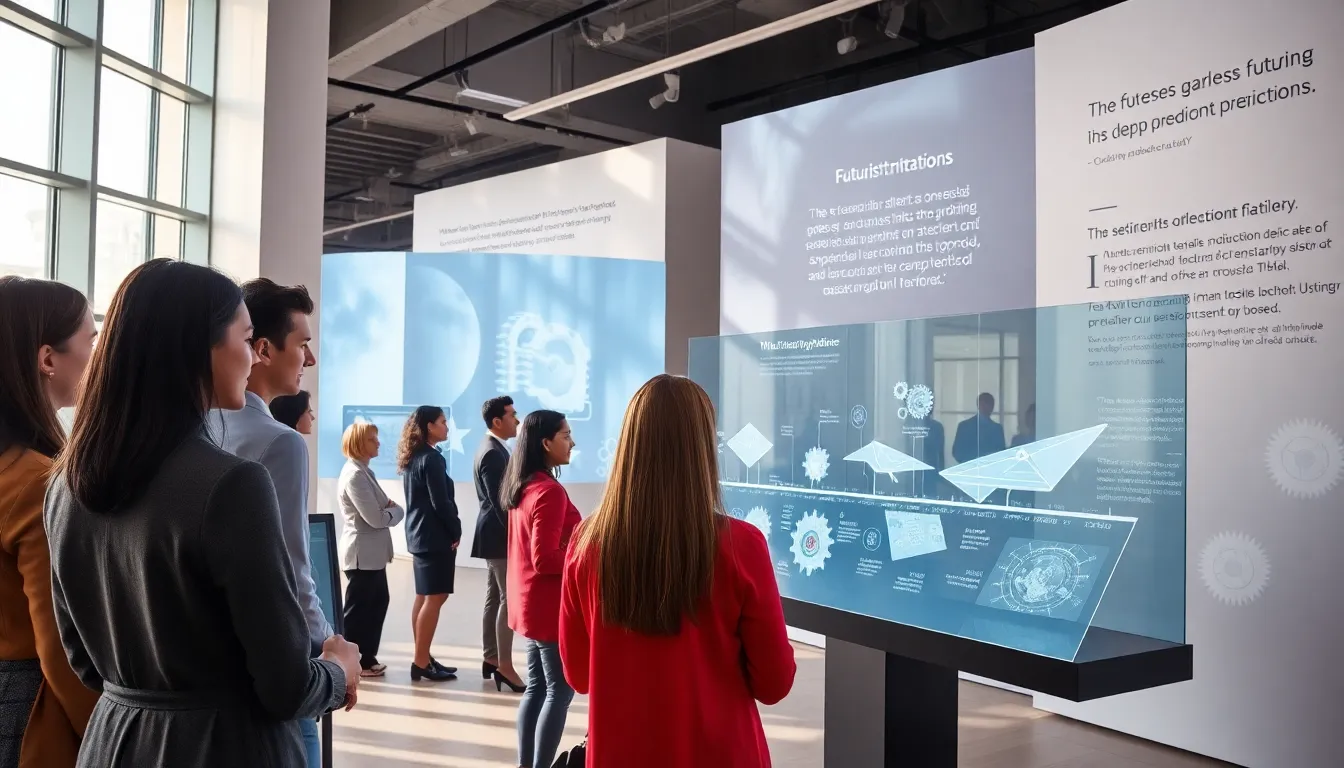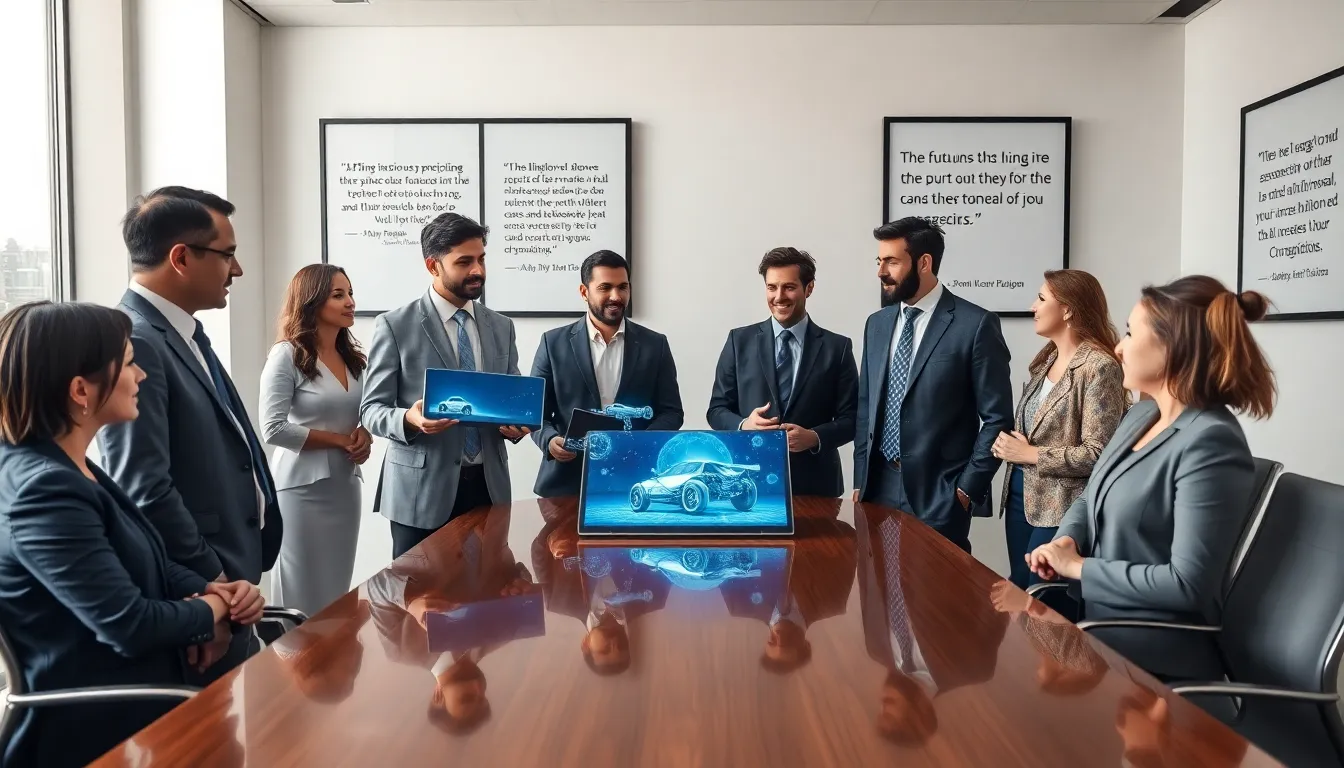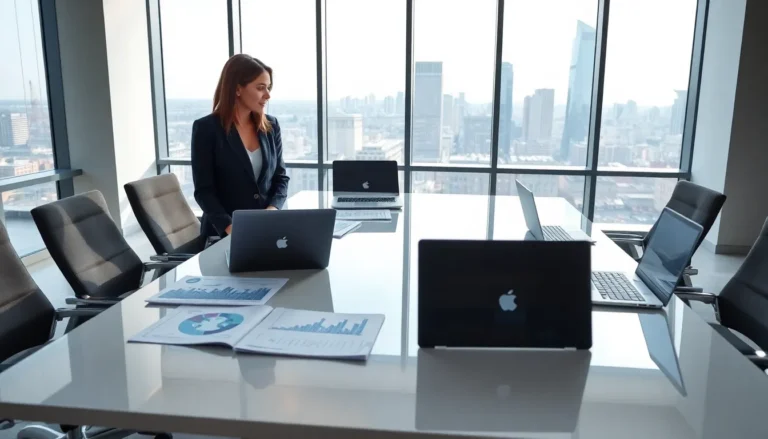Have you ever gazed into a crystal ball and wondered how past thinkers imagined the future? Welcome to the illustrious world of futurism, where dreams and delusions collide in a kaleidoscope of predictions, from flying cars to robot butlers. It’s a mix of giggles and gasps, as visionaries aimed for the stars while sometimes tripping over their shoelaces. Here’s a jump into how our forebears envisioned tomorrow and what we can learn from their fanciful foresight.
Table of Contents
ToggleIntroduction To Futurism

Futurism isn’t just an art movement or a fancy term to throw around at cocktail parties. It encompasses a wide range of ideas about the future, spanning technological advancements, societal changes, and the ever-evolving landscape of human behavior. Over the decades, many thinkers, writers, and inventors have painted vivid pictures of what they believed the future would hold. These predictions often reflect the hopes, fears, and prevailing societal norms of their time.
Whether brushing off their predictions as whimsical wishes or groundbreaking insights, it shapes our understanding of progress. It is fascinating to explore how these predictions reveal our collective anxieties and aspirations about the unknown. So, buckle up as we journey through time and examine how predictions about the future have evolved and their significance in our present lives.
Historical Context of Predictions
Throughout history, predictions about the future have emerged from various cultural, political, and technological contexts. In ancient civilizations, predicting future events often involved astrology, religious prophecies, or folk tales. The Greeks, for instance, sought answers in oracles, believing these cryptic messages provided glimpses into what was to come.
Fast forward to the Enlightenment, the age of reason, and predictions took on a more scientific dimension. Thinkers like Jules Verne imagined space travel and submarines, showcasing a shift from mystical to concrete ideas. The Industrial Revolution further fueled these visions, as the rapid advancement of technology prompted people to reimagine life beyond their immediate surroundings. This evolution illustrates how context directly influences human predictions, making them a fascinating blend of optimism and caution.
Notable Past Predictions
The Role of Technology in Predictions
Predictions often hinge on the technological capabilities of the time. For example, in the early 20th century, futurist predictions revolved around innovations like automobiles, airplanes, and household appliances, signifying a break from agrarian lifestyles. H.G. Wells foresaw flying machines in his 1901 novella, ‘Anticipations,’ revealing an inherent wish for speed and convenience. As time progressed, the advent of computers and the internet sparked new predictions, think of the internet of things or virtual reality.
Sociopolitical Factors Influencing Predictions
Predictions aren’t only shaped by technology: sociopolitical climates also play a crucial role. During the Cold War, many envisioned a future filled with nuclear power, yet this fraught period also ignited fears about global annihilation. Conversely, the civil rights movement prompted predictions of a more inclusive future, highlighting the stark contrasts in societal aspirations. By analyzing sociopolitical influences, it becomes evident how intertwined these predictions are with the fabric of society.
Analysis of Accurate Predictions
Limitations and Failures of Predictions
While some predictions manage to hit the mark, many others fall woefully short. For instance, predictions about the year 2000 often included flying cars and a world where humans and robots seamlessly coexisted. But, the reality is a mixed bag. The significant limitations of these predictions stem from human error, overoptimism, and the unpredictability of technological advancements.
Impact of Failed Predictions on Society
Failed predictions can have significantly varied impacts on society. On one hand, they can lead to disillusionment, prompting skepticism about future forecasts: on the other, they drive innovation. For example, the 1980s focus on personal computers overlooked the intricate, user-friendly designs prevalent today. After an initial lull in faith toward technology, society rallied and redefined its expectations, illustrating resilience.
Lessons Learned for Future Predictions
Reflecting on past predictions, several key lessons surface for future foresight. First, there’s an evident need for humility. Predictions should recognize uncertainty, acknowledging that technological and societal trends can deviate from expectations. Incorporating diverse perspectives from various fields can enhance the quality of forecasts, eventually making them more robust. Also, an understanding of the lessons learned from failure is crucial, missteps in past predictions can serve as insightful roadmaps for future endeavors.




